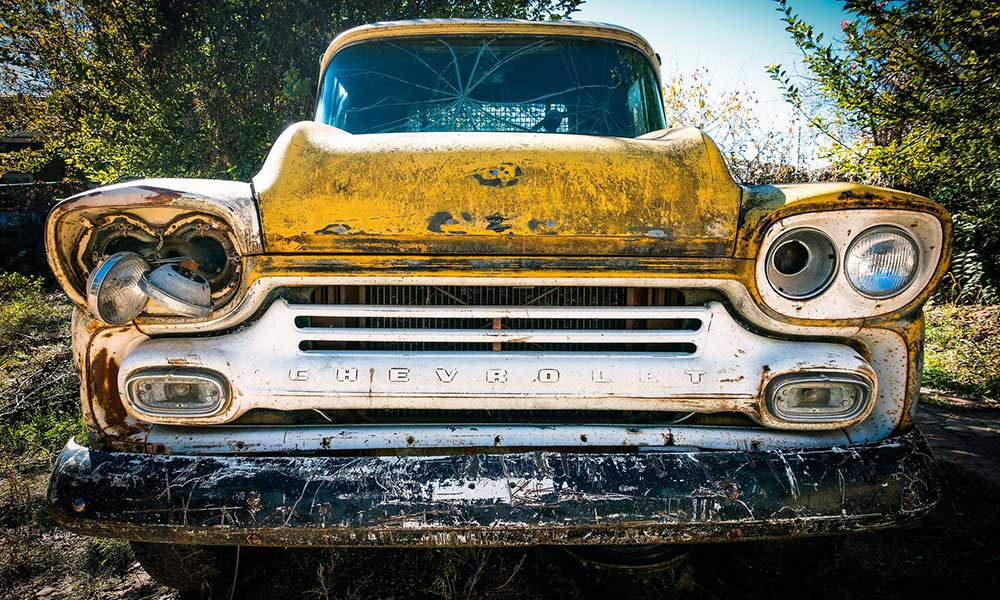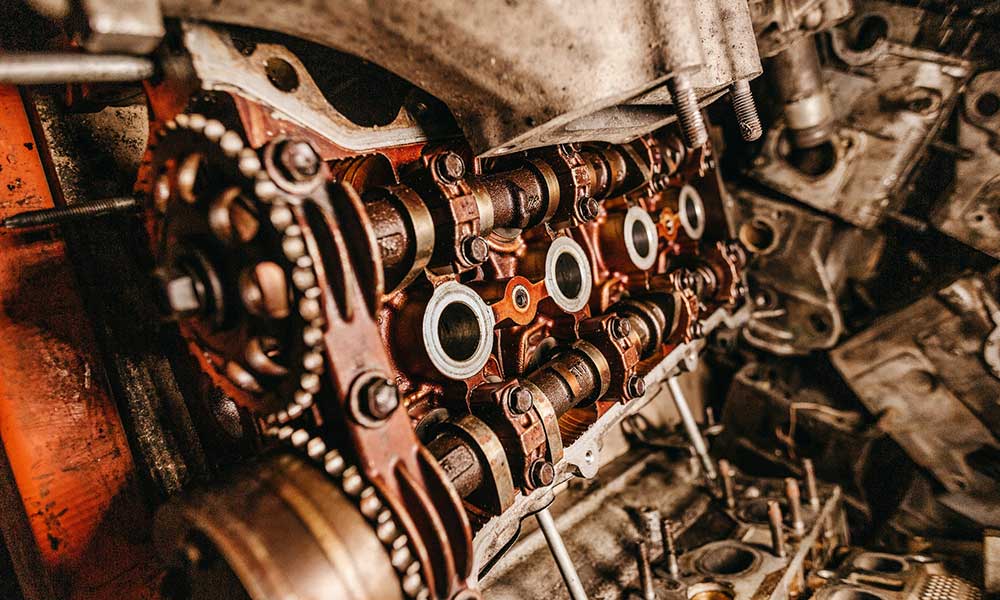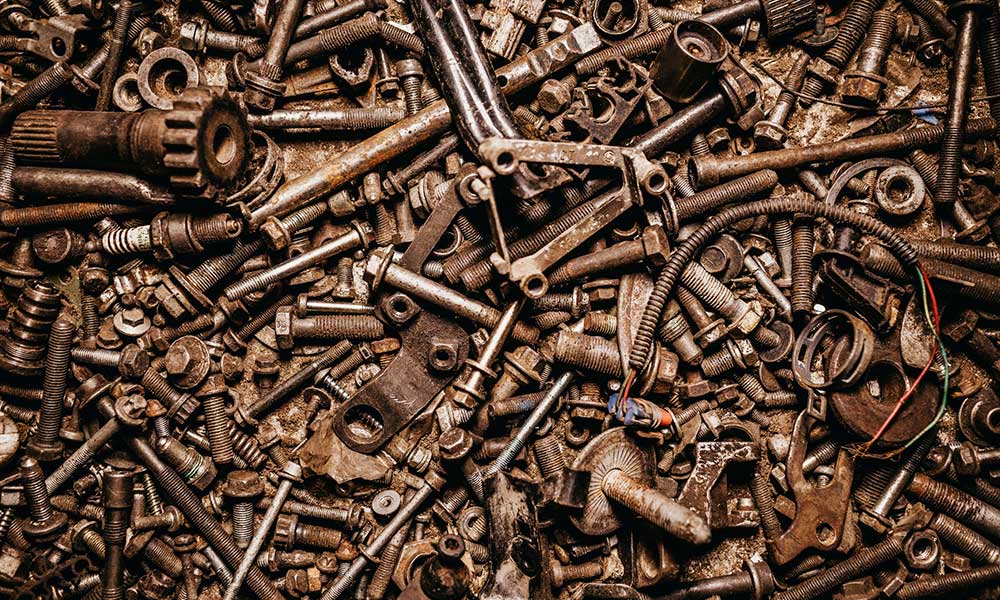When it comes to evaluating the quality and condition of your vehicle, you may not consider taking a look at the color of your exhaust to gain insight into any problems that are present.
Blue smoke released from the exhaust is not only alarming to most drivers, but is also a sign that the engine is burning oil and that a leak is present.
The smoke can initially look slightly gray before it becomes a more blue hue that is hard to miss.
Common causes of blue exhaust smoke
In some cases, the piston ring may be defective or need to be replaced.
There may also be a leak present in the valve seal.
Blue smoke is produced when the engine sales start to fail to seal the oil, which causes it to enter the cylinders.
The leaking oil then starts to mix with the fuel and begins to burn at the same time the fuel burns, resulting in blue smoke that is produced.
You may notice that the blue smoke is only produced when you press on the gas pedal, which indicates it’s a problem with the piston ring.
The piston rings fail to operate correctly when carbon has contact with the parts.
If there’s only blue smoke present when the car is slowing down, then there’s a problem with the cylinder head valve guide.
Other less common, and possibly expensive issues depending on the severity include issues with with PVC pipes, combustion chamber, head gasket, or the intake manifold.
How do you fix blue smoke from exhaust?
There are a few main steps to take to repair blue smoke from the exhaust and restore the operation of the vehicle.
Start by cleaning the engine because neglect of the parts can lead to a lot of sludge that forms under the hood.
Take off the valve cover and remove any debris that you find in the engine.
The drain back holes should be thoroughly cleaned. It will take two to four more days for the rest of the oil to clean away.
You’ll also need to repair or replace the valve seals, which is an easy DIY project that doesn’t require a lot of experience.
You may need to rely on compressed air to keep the valve up while performing the work.
The task can be more complicated if an overhead cam is present because it requires removing the part to have access to the valve stem.
Certain types of tools can also be used to suppress the valve spring during the task.
Other ways to fix blue smoke from the exhaust include fixing a damaged glow plug, a blown turbo, or a transmission modulator.
What does blue smoke from the tailpipe usually indicate?
Blue smoke from the tailpipe is an indicator that there is a lot of oil burning in the engine.
This is never a good sign and means that the engine needs immediate attention.
Fortunately, the problem can be fixed if you act quickly and don’t continue to drive it around before taking it in to be inspected by a certified mechanic.
If you put off the repairs, it can lead to more severe issues developing and can lead to significant costs to restore the car’s operation.
Can you drive a car with blue smoke?
Although you may drive a car that is producing smoke, it’s not recommended.
The problem will quickly escalate and lead to more significant issues as oil begins to burn under the hood of the car.
This can cause severe issues to develop and can even lead to engine failure if you wait too long.
Any oil that is mixing with the fuel in the combustion chamber is dangerous and is now how the engine is designed to operate.
Schedule an appointment with a local mechanic to have the problem diagnosed and repaired before you continue to use it.
It’s difficult to determine how quickly the problem will escalate, which makes it important to avoid the risk of driving it around.
Write down when the blue smoke occurs to ensure you can communicate the details to a mechanic once they attempt to diagnose the problem during an inspection to ensure it’s repaired properly.
Will you fail a smog check if your car has blue?
In most cases, you will likely fail a smog check if your vehicle has blue smoke that is produced every time you drive it.
The blue smoke indicates issues are present in the engine and can lead to a smog check failure.
You may notice visible smoke that is released from the engine or tailpipe, which is a sign that severe engine damage has already occurred.
There is likely a lot more smoke produced when the smoke has already turned blue, which means you won’t be legally permitted to drive the vehicle until the necessary repairs are performed.
Most states won’t allow you to register the car until the blue smoke is no longer present after repairs are performed and it passes the smog test.
Can low oil cause blue smoke?
Low oil is not always a cause of blue smoke. Instead, oil that is consistently leaking into the cylinders often leads to a rough idle, fouled spark plugs, and misfire.
An internal leak may be present, which can cause a lack of power and loss of oil.
Although the cause of the blue smoke is not low oil, a lower oil level is the result of the oil leak and can lead to significant issues that develop as the engine operates.
The oil in the car is considered to be the blood in the engine.
As the oil levels become depleted, the more oil leaks, the parts on the engine can have a lack of lubrication and fail to operate correctly, leading to damage.
Summary:
There are numerous reasons why your car may be blowing blue smoke. Some are less severe than others. Fix it if you can, but if you can’t fix your car or your car has come to the end of its life consider selling your car. Even cars in the worst shape can be sold for parts.goes here!









